 What would the world look like without the peaks and glory of the mighty mountains? From the Himalayas to the Rocky Mountains, these mysterious peaks cover almost one-fifth of the Earth’s surface.
What would the world look like without the peaks and glory of the mighty mountains? From the Himalayas to the Rocky Mountains, these mysterious peaks cover almost one-fifth of the Earth’s surface.
A mountain is a land form which stretches above the land, many times in the form of a peak. Like every landscape, mountains are unique in their formation, characteristics, and the way they affect the environment.
What are Mountains?
Mountains are generally assumed to be a giant formation of rock, but there is no universally accepted definition of a mountain. Factors like elevation, slope, and continuity define a mountainous environment. The UN Environmental Program defines a mountain as a piece of rock with at least one of the following attributes:
- A piece of rock with an altitude of at least 2500 meters above sea level.
- A piece of rock with an elevation of at least 1500 meters above sea level and a slope of more than 2 degrees.
- A piece of rock with an altitude of at least 1000 meters above sea level and a slope of more than 5 degrees.
- A piece of rock with an elevation of at least 300 meters and an elevation range of more than 7 kilometers.
The World’s Most Famous Mountains
Mountains cover almost 24% of our planet and are scattered all around the globe, with some being underwater and the rest on the surface of the Earth. The longest mountain range is called The Mid Ocean Ridge, which is almost 65,000 kilometers long and is mostly underwater and stretches almost all around the globe.
But the world’s longest mountain range above sea level is The Andes. The Andes is 7000 kilometers long range and is located in seven countries of South America.
The most famous mountain range in the world is The Himalayas. This is because of the fact that mountain climbers try to summit the mountain peaks in this area. The range contains 3 of 5 highest mountain peaks in the world. The Himalayas include:
- Mount Everest – The world’s highest point with a peak height of 8848 meters above sea level. It is situated in Nepal.
- The K-2 – The second highest point on earth and located in Pakistan.
- Nanga Parbat – One of the most dangerous mountains to summit. Compared to Mount Everest and K2, this mountain is responsible for the highest climber death toll in the world.
It might come as a surprise, but the world’s tallest mountain is actually not Mount Everest. It is called Mauna Kea. Mauna Kea has a total height of 10,203 meters – almost 2 kilometers more than Everest, but almost 6000 meters of it are under the ocean. It is situated on one of the islands in Hawaii and is basically an inactive volcano.
How Are Mountains Formed?
The two known ways of mountain formation are:
Tectonic Plates Movement
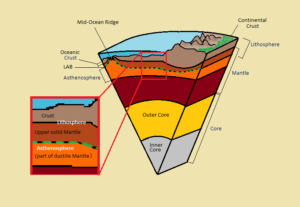 The Earth consists of six main tectonic plates, which are located in the Lithosphere (Higheset layer). These plates are continuously moving over the hot magma. They are like a jigsaw puzzle and when any of the two pieces collide with each other, they create a disturbance which, in common terms, is known as an earthquake.
The Earth consists of six main tectonic plates, which are located in the Lithosphere (Higheset layer). These plates are continuously moving over the hot magma. They are like a jigsaw puzzle and when any of the two pieces collide with each other, they create a disturbance which, in common terms, is known as an earthquake.
When this happens underwater, it creates a tsunami. But when this happens on land, we get earthquakes. As a result of this, these plates overlap each other and create uphill surfaces known as mountains. An interesting fact about The Himalayas is that the process of the creation of these mountains started about 55 million years ago and the range is continuously growing because of these continuous tectonic movements.
Volcanic Activity
Some mountains are formed by the movement of these tectonic plates, but others are formed by volcanic eruptions.
Volcanoes are basically openings in our planet that are directly connected to the hot magma which is flowing under it. Whenever a volcano erupts, it lets go of lava (hot magma), gas, ash, and solid rocks. With the continuous release of lava over time (volcanic eruptions), a solid block is formed. This happens when the hot lava cools down. With this continuous release over time, a cliff or a mountain is formed. Mauna Kea in Hawaii and Mount Fuji in Japan are examples of volcanic mountains.
Characteristics of Mountains

All mountain systems share a common characteristic of height. Other than that, the mountain ranges supply almost 80% of all the spring water present on earth. This spring water comes from the melting of ice that is present on the peaks of these mountains.
Mountain ranges are home to several living creatures as well. Around 10,000 species of animals and plants are found on the different mountain ranges around the globe. Moreover, not just plants and animals, but 10% of the world’s human population lives on various mountain ranges. They earn a living on these mountains by growing and selling various types of vegetation.
How Do Mountains Affect the Environment?
Mountains are not just bumps on the earth which serve as geographical borders and adventure hubs for climbers. They have a wider impact on the environment.
Mountains divert the flow of wind on the surface, and the effect can be seen not only in the vicinity but far, far away. The higher you go up a mountain, the thinner the air gets, and there are more chances of rain. Also, as the weather gets cooler, and there is a higher probability of snowfall. This snowfall forces the air to become cooler, and the whole area enjoys lower temperatures. When the snow from the mountains melts in the summer, it provides an ample supply of natural spring water. This is the reason why valleys are more wet and green.
Elevation and depression play an important role in the absorption of carbon dioxide. The green valley absorbs the carbon dioxide in our system, hence creating a positive impact on the environment. Mountains play an important role in the ecosystem, and hence, they are much more than just an elevated piece of rock.

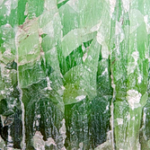
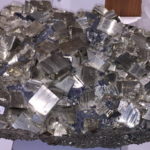 Why Gemstones are Treated
Why Gemstones are Treated
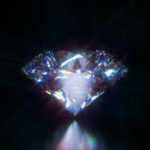
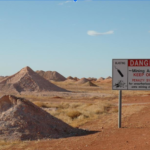 Even in the opal-rich fields of South Australia, one needs luck, months and even years of patience to come across this rare gem. Potential miners spend hours in the sun waiting for a fortune that can be made on the sale of opal. The market for larger pieces of opal can go north of $1 million because of high demand from jewelers and fashion brands.
Even in the opal-rich fields of South Australia, one needs luck, months and even years of patience to come across this rare gem. Potential miners spend hours in the sun waiting for a fortune that can be made on the sale of opal. The market for larger pieces of opal can go north of $1 million because of high demand from jewelers and fashion brands. 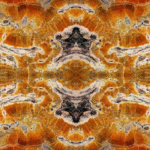

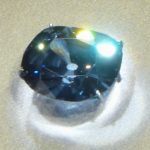 The Hope Diamond
The Hope Diamond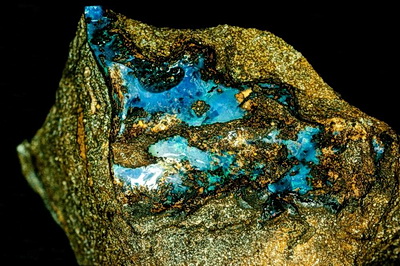



 Silver is perhaps the most overlooked precious metal, as most people tend to focus more on gold and platinum. However, it has most of the same properties as gold, and even offers important technological and electronic applications.
Silver is perhaps the most overlooked precious metal, as most people tend to focus more on gold and platinum. However, it has most of the same properties as gold, and even offers important technological and electronic applications.